We’ve all had THOSE students. They bounce around the room, tap their pencils on the desk, and talk to their neighbors. If you’re a natural introvert and focused on curriculum and discipline, these student traits can drive you crazy. But if you realize that you’re teaching kids, you know that these characteristics are often those kids strengths, and we should be helping kids focus without making them feel like they’re in trouble every single day.
Aside from learning to have more compassion, this is an area where fidget toys can help immensely.
Julie Schweitzer, a professor of psychiatry and behavior sciences at the University of California, recently completed a study of fidgeting and ADHD in teenagers which showed that “fidgeting might improve the cognitive performance of children with attention-deficit/hyperactivity disoder,” according to “Need to focus? Fidget toys may help.” an article in the March 31 issue of The Boston Globe.
My son, a junior in high school who has experienced issues with focusing in class, sent me a link to fidget spinners and begged me to order them. So I ordered several spinners and a couple of cubes, which I also tried out in my classroom.
The students were immediately enthralled — and appreciative. Those who really need the fidget toys have been arriving to class early to ensure they get their favorite. I stand in the hallway, as usually, but with my cup of toys in hand. They choose their favorite, then head into class to prepare for the day’s quickwrite.
At the end of class, during the last five minutes, I collect the fidget toys from my students, or sometimes elect a student to do this. They’ve all been very good about returning them, and have expressed appreciation that I’ve provided the toys. They’ve also used their research skills to find ways to speed up the spinners, which have slowed down over time. (They previously spun for more than 5 minutes, but are now down to a little more than 3 minutes.) Another student figured out that you can remove one of the metal pieces from the “arms” and made the spinner wobble, which feels weird. For the record, the metal piece can be easily replaced. Students have also found some other cool fidget toys and put in request for them. And some students have asked their parents to order fidget toys for them.
Overall, I’d say they’re a hit, and working beautifully.
My initial order included this fidget cube and the fidget spinner. The best deal, in my opinion, is the three pack of fidget spinners on Amazon. My students were thrilled when I pulled the toys out and offered them to my most energetic young men. Pretty soon, some of the young women in my class were asking fidget toys, as well. It seems that, so far, the girls are liking the cubes the best, and the boys are all about the spinners.

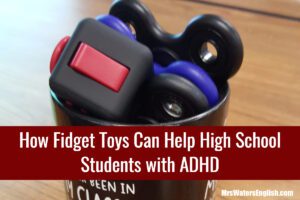
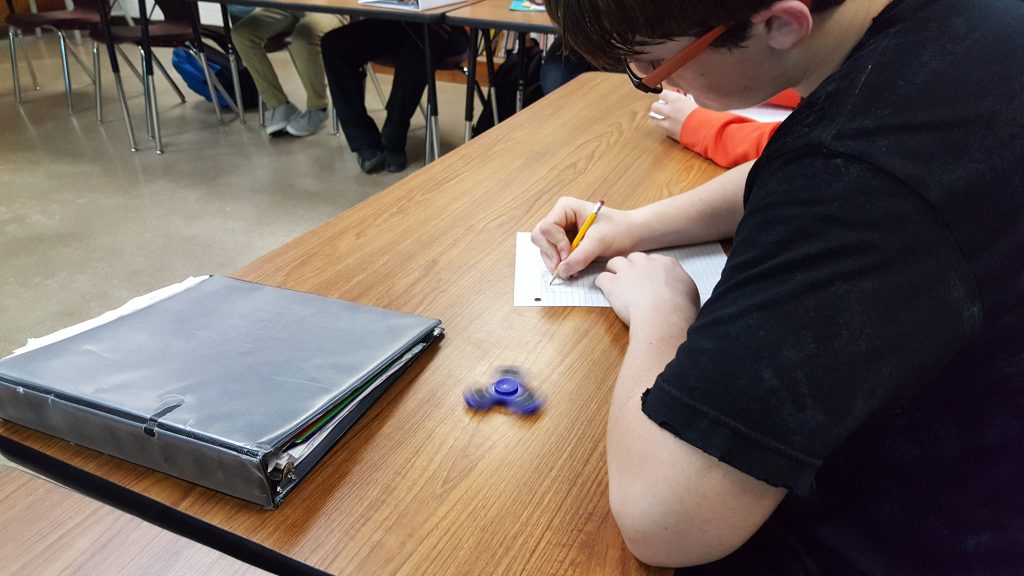
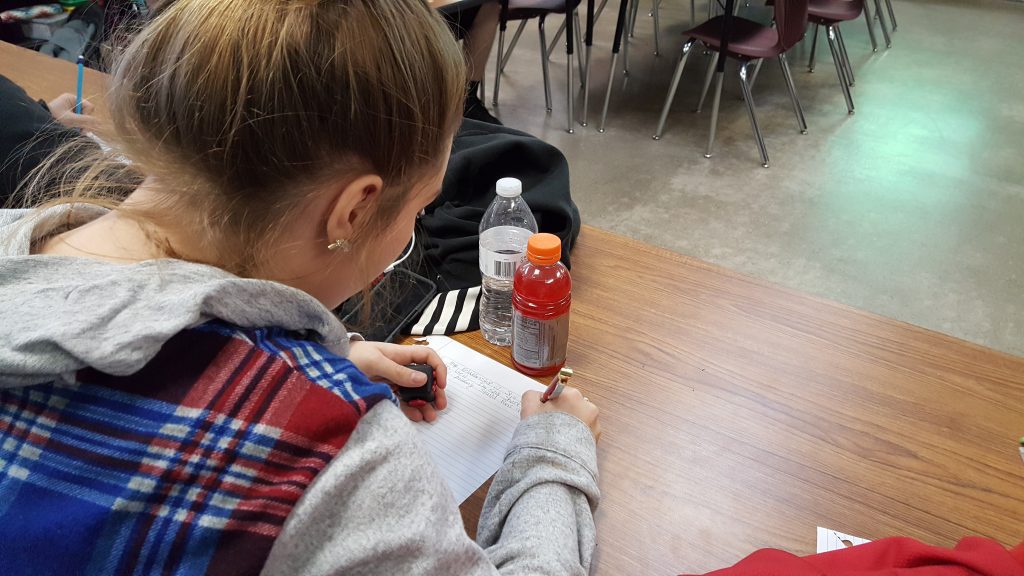
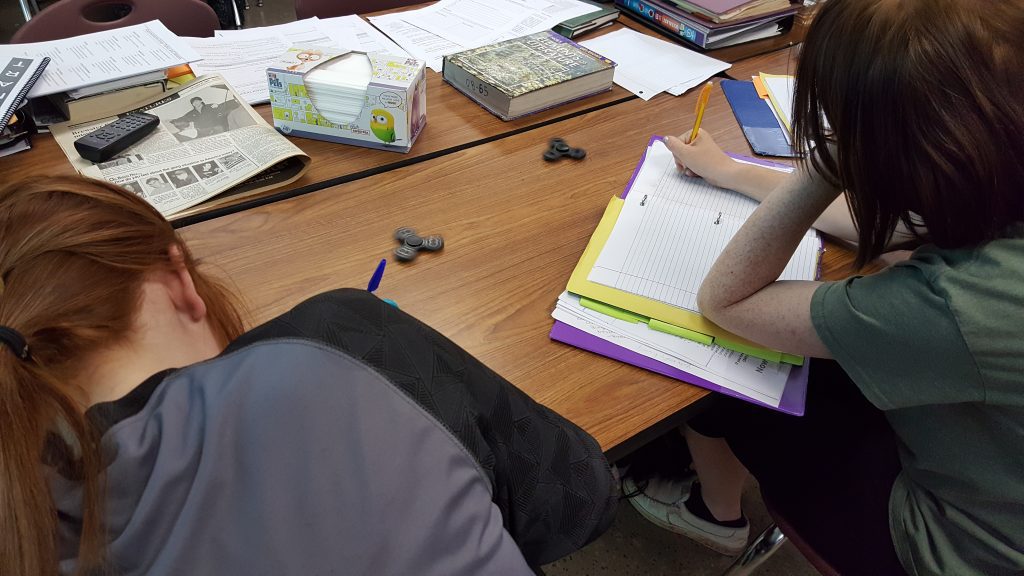
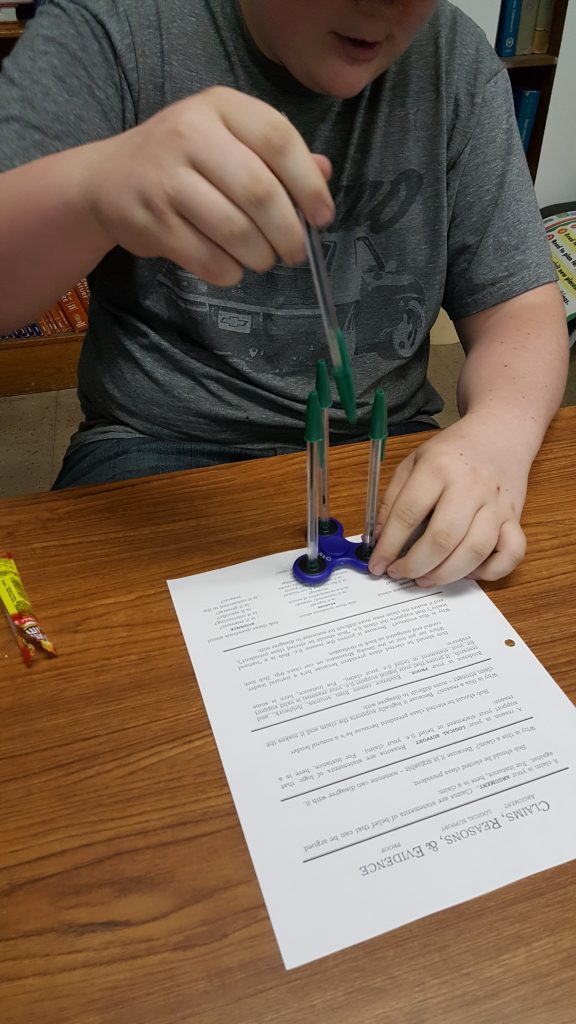
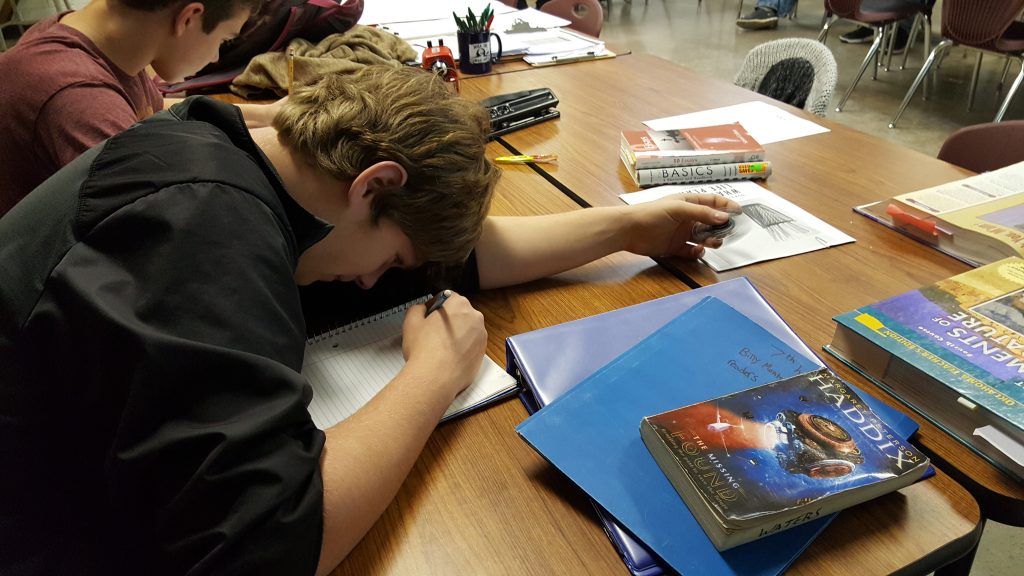
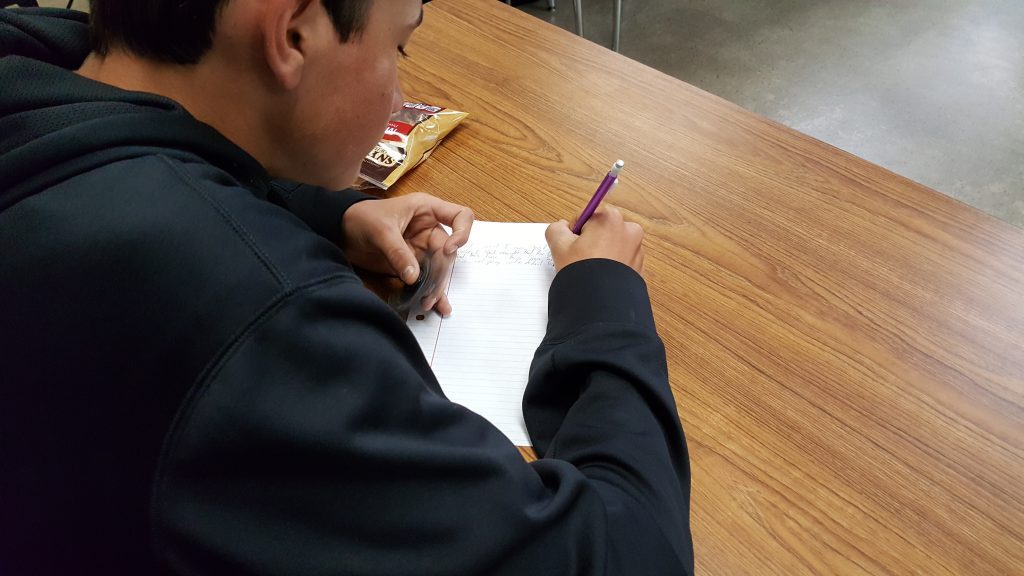
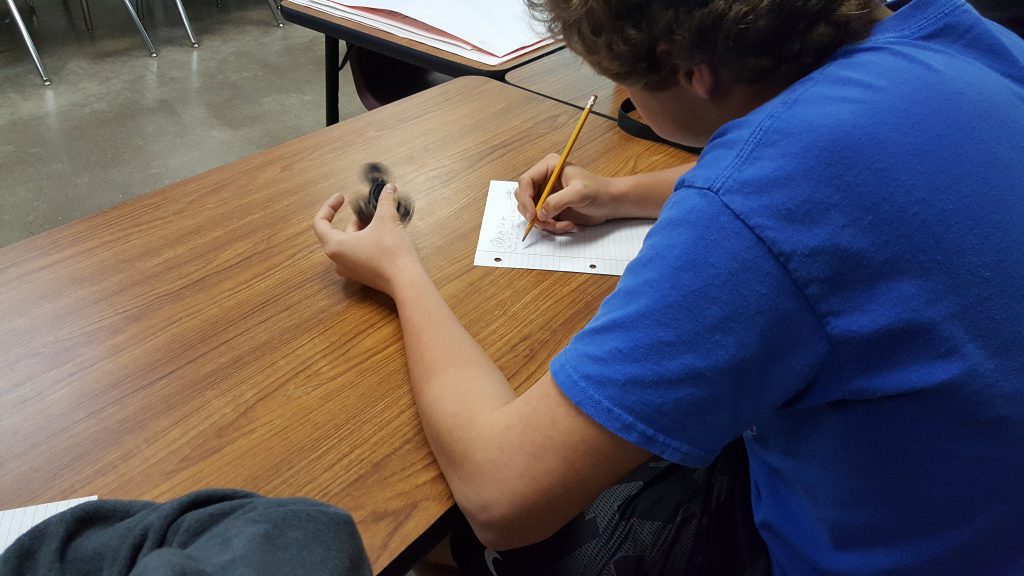
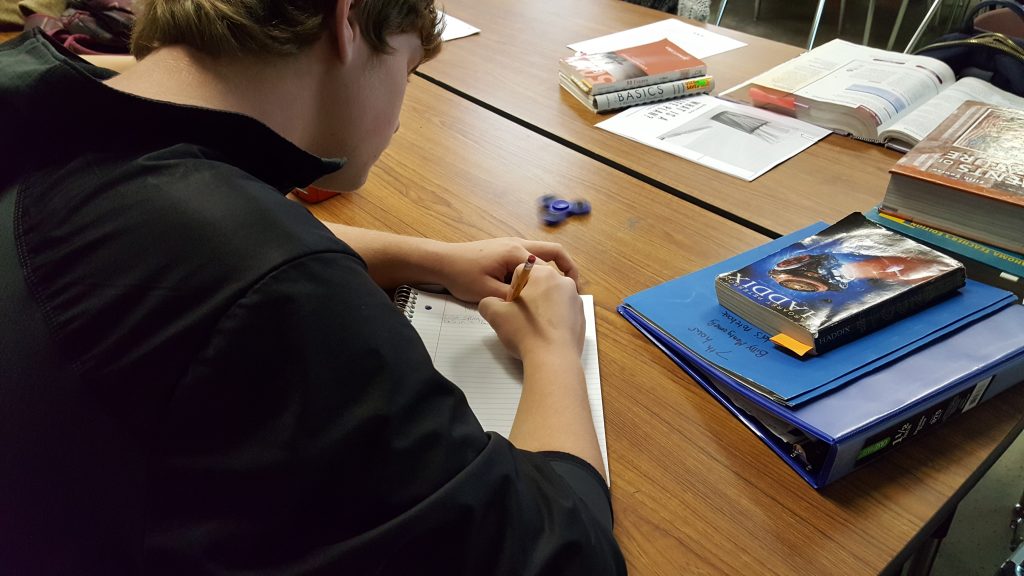
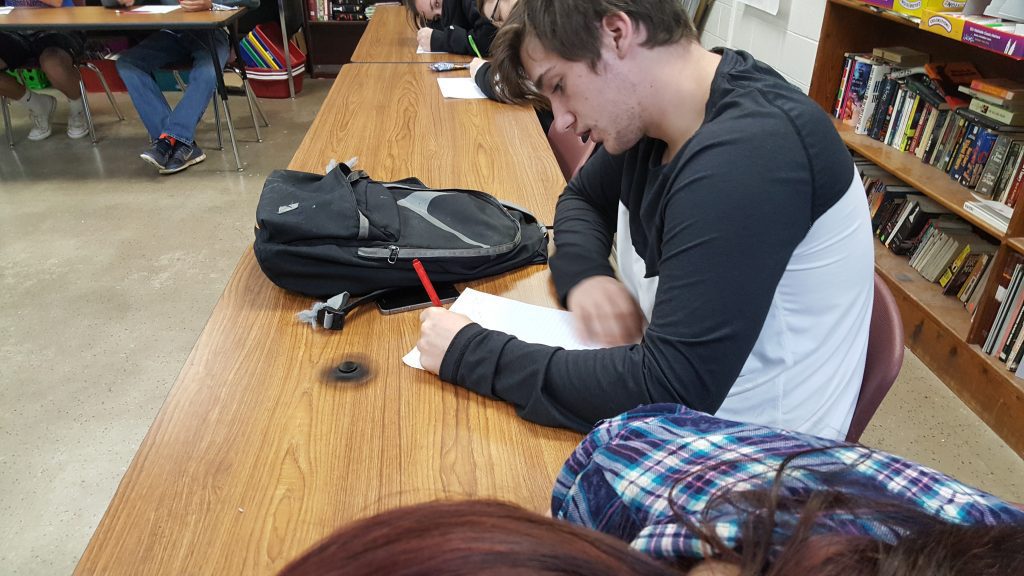
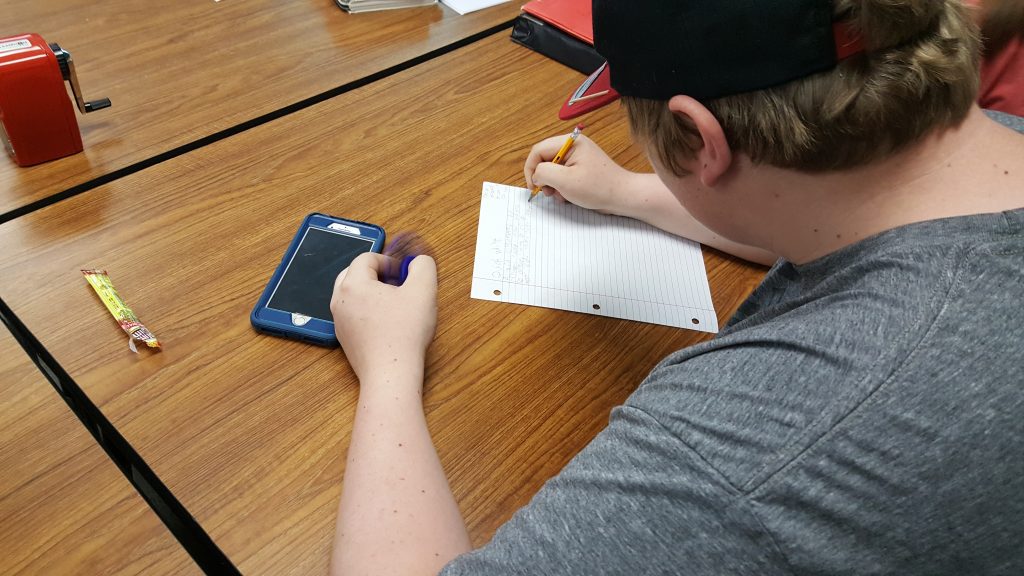
As a teacher who uses multiple materials in lessons, sometimes these “fidgets” create distractions for other students and even the teacher. How can we find a balance between letting those who need to move do so while also encouraging students to engage with new materials that are content centered?
As a future teacher I can definitely see myself using fidget cubes, etc. in my classroom. I think that this a great way to still let the kids move, in a way, but also hopefully to stay on task.
It’s great that you have discovered these helpful tools to optimize the learning of your students. Resourcefulness, smarts and creativity make an effective teacher- one who cares about their students and is passionate about their teaching career. Thanks for your informative and valuable tips and content!